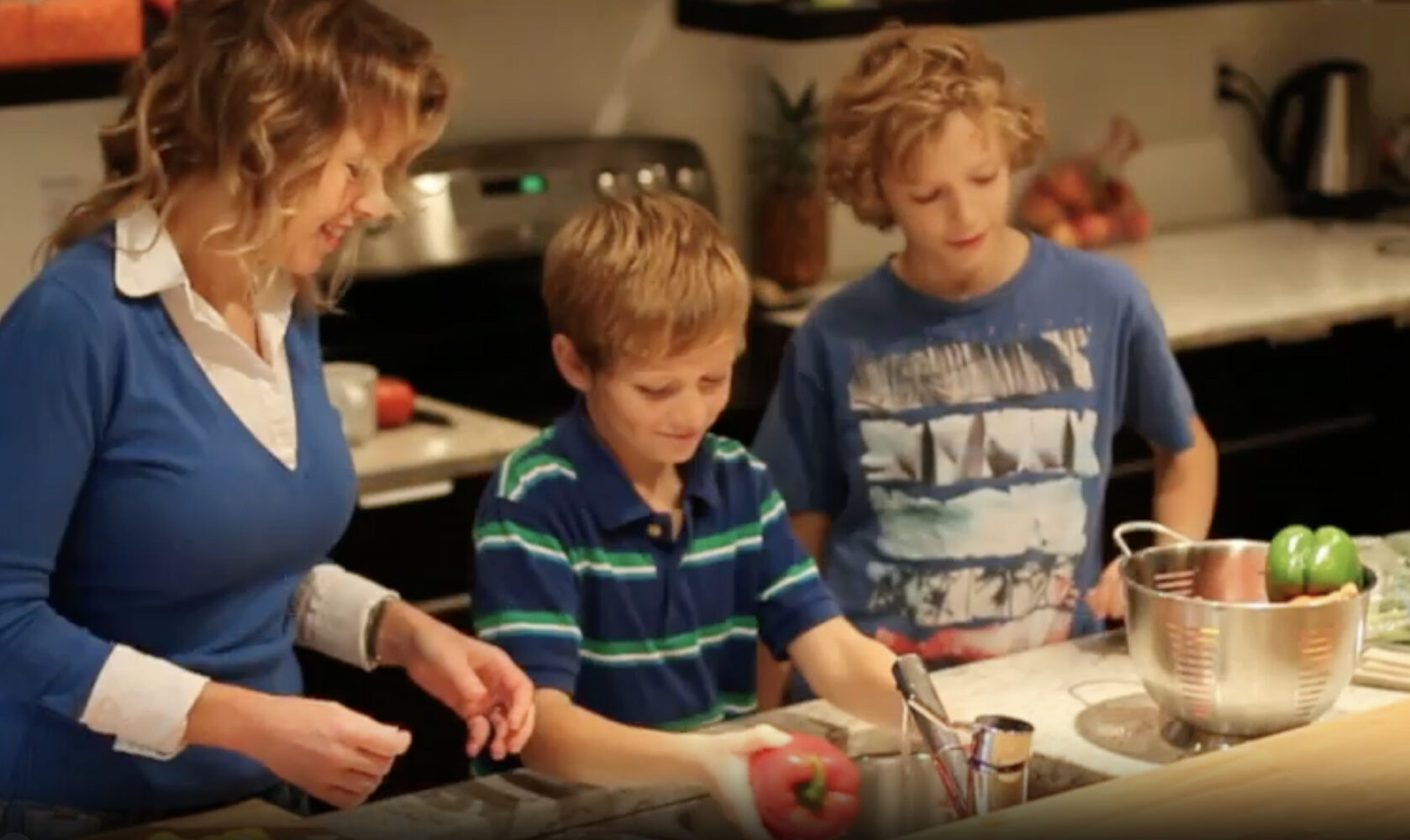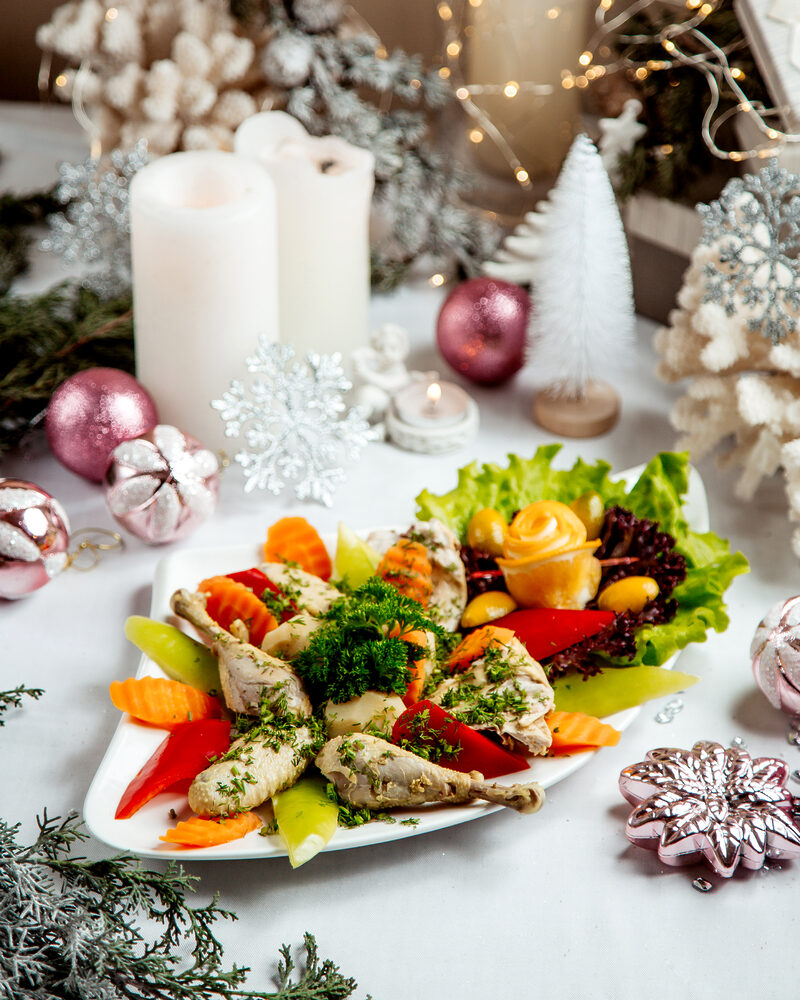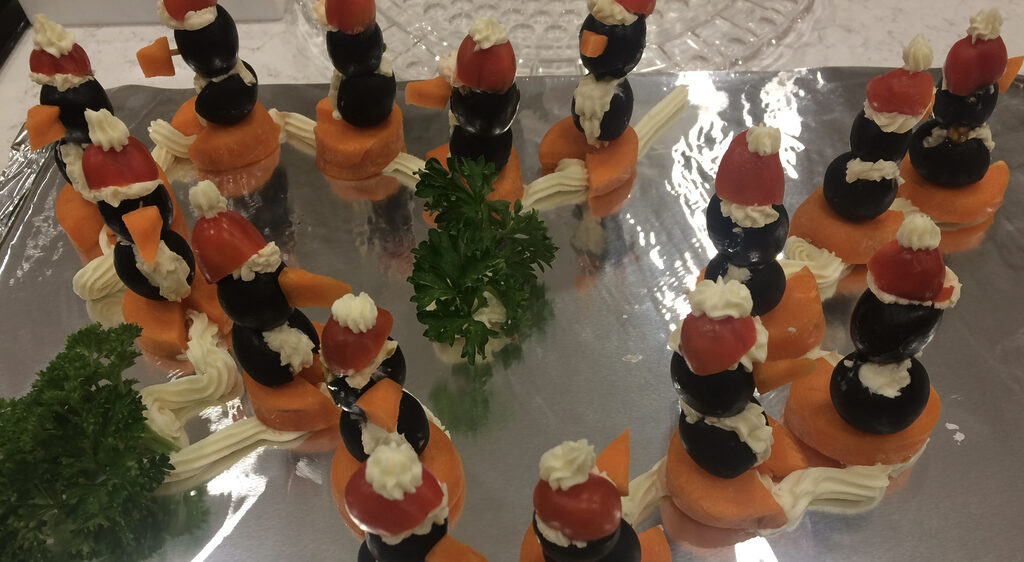Whether it’s a lunch box for your children or for yourself when you go to work or travel, keep in mind that a homemade lunch contributes to better overall health and contains less salt and more fiber than a lunch purchased at a restaurant.
Here is the transcript (with some additional details) of the interviews from September 4th and August 27, 2025, which summarizes “How to make a healthy lunch box.”
You also have the possibility to listen to the audio versions by clicking on:
Radio Canada Sept. 4th or Radio Canada August 27th.
L: SRC Journalist and host of « Le réveil / Île-du-Prince-Édouard », Laurent Rigaux
J: Your Nutritionist and Keynote Speaker, Johanne Vézina
L: With the start of the school year, let’s talk about a question we ask ourselves every year. How do you make a healthy lunch box?
It’s not easy to satisfy children, to get them to eat what’s in their lunchboxes, while at the same time helping them develop their taste buds and, above all, ensuring that what they eat is healthy for them. We’re going to talk about this with our guest, nutritionist and speaker Johanne Vézina. Hello.
J : Hello Laurent.
L: Thank you very much for joining us this morning to discuss a topic that we end up talking about every year.
We talk about this topic quite often. And if I remember correctly from the last time we spoke, Ms. Vézina, you told me that a good lunch box for children should contain vegetables, whole grain products, and protein-rich foods, and that it’s important to stick to this trio.
And I was thinking about it this morning when I woke up, and I said to myself, it can’t be easy to make a lunch box like this with everything in it at 6:00 a.m. when I wake up. How do you follow those rules?
J: You’re so right, Laurent. It’s not easy to make lunch very early in the morning, and sometimes kids are tired and don’t feel like helping us in the morning.
So, as a nutritionist, I have a tip for you. Here it is: You know when you eat dinner with your family, and usually everyone is happy and in a good mood (or almost) because the day is over and the evening is beginning! Often the magic of supper means that there are leftovers that can be used for lunch. So, the idea would be to transform the supper or rather the leftovers into a lunch with the kids.
It’s really a way to ensure that when you get up in the morning, you say, “Ah, it’s so nice, lunch is already made!” What’s more, when the kids eat their lunch at school, they can say to themselves, “Oh yes, I put my carrots in my lunch box, I put my yellow peppers in my lunch box with my chicken sandwich, I’m so happy.” And that way, the kids are likely to eat more and healthier.
L: Do children like eating the same thing as the night before? Because sometimes it can be a bit boring.
J: It’s a good point. To avoid this, we can transform the leftovers! For example, if you had salmon with potatoes and broccoli, you could wrap a nice tortilla around the salmon filling. And why not change the flavour a little? We could add some basil pesto or sun-dried tomatoes or even add salsa (if we know our kids like salsa) and choose a whole-grain tortilla. We can also add a few more vegetables and a carton of milk (or plant-based beverage) or yogurt. That way we have made a different meal for lunch by slightly modifying yesterday’s supper.
L: What’s important, and what you emphasized just before, is doing it together. By letting children participate in preparing their lunch boxes does this ultimately give them some responsibility for eating what’s inside?
J: This is a great question, because this is not an easy matter when it concerns our children’s eating behaviour. As parents, we want to encourage our children to eat everything we’ve prepared for them and with them. We want our kids to get all the nutrients they need to grow, concentrate at school, and develop properly.
Life is such that sometimes children will eat all their lunch, and other times they may not eat everything. That’s normal. You know, it’s like you at lunchtime—sometimes you eat a little more, sometimes a little less.
So, the amount of food that children eat, can also depend on the type of day they are having. For example, if they’ve expended more energy, they’ll eat more. Sometimes, children who did not sleep well the night before or who are taking medication will eat a little less. In some cases, children are taking medication to help them concentrate, and this might also be affecting them in such a way that they will eat a little less at lunchtime. It is therefore the child’s responsibility to decide how much food they will eat from the tasty lunch box they have prepared with their parent.
It helps to pack lunch with your child, but don’t be surprised if sometimes certain foods, such as half a peach or an unfinished yogurt find their way back home after a day of school.
L: I was looking at Instagram before talking to you. I typed in “lunchbox,” and found all sorts of things, each lunch more beautiful than the last. We often talk about trends in lunchboxes. Should we take inspiration from these things? Or is it better to ignore them and not look at them?
J: Personally, I think simplicity is always best when it comes to lunch, we don’t want to complicate things. We just want a clean lunch box that the child can wipe down with a cloth, along with containers and a small ice pack to keep everything cold during the day in their school locker.
However, there’s no need to make works of art—we don’t have the time, and that’s not what will make children eat more or better. We want to keep it simple and make sure they have all the good food in their lunchboxes.
Children don’t necessarily eat everything at lunchtime. They may eat part of their lunch as a snack. For example, they may eat their apple with a few cheese cubes and crackers as a snack and choose to eat the rest of yesterday’s chili supper from a hot thermos with a mini coleslaw and a small piece of whole grain bread for lunch.
L: Yes, keep it simple and don’t watch those videos on Instagram, where everything looks so unrealistic. How is the fridge organized? The drawers are all neat and tidy, the lunch box is spotless—it doesn’t look like a real parent’s kitchen. Johanne Vézina, nutritionist and speaker, thank you very much for joining us this morning to give us your advice.
J: Thank you Laurent!
Many thanks to you all, for making the efforts of preparing a healthy and colourful lunch!



